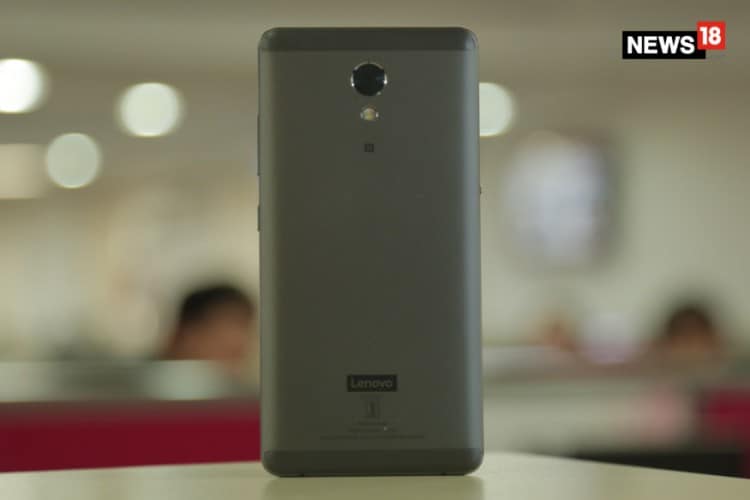NEC 804N - Full phone specifications
In the third quarter, Samsung’s global market share reached 22.1%, down 13.4% year-on-year, and shipments reached 72.2 million units. Huawei’s global market share reached 14.6%, an increase of 32.9% year-on-year, and shipments reached 52 million units. However, in terms of the growth rate, among the top five manufacturers, it ranked first. Apple’s global market share reached 13.2%, an increase of 0.5%, and shipments reached 46.9 million units. However, in the fourth quarter, Apple released the iPhone XS and iPhone XS Max. So Huawei’s top-end models such as the Mate 20 series have got quite powerful rivals. This is not distressing because Huawei’s sales are mostly from the low-end handsets.
Say, the P-series and Mate series accounted for only one-tenth of the 200 million sales recently announced by Huawei. Another thing, Huawei has way more smartphones rather than Apple. And it can ‘play’ with sales any way it wants. "THE FUTURE OF IOT CONNECTIVITY" The Future of IoT connectivity The Internet of Things (IoT) landscape has expanded rapidly over the past ten years, with a staggering 20 billion connected devices expected to be deployed by 2020.
Convenient Systems For mobile phones - Insights - NEC 804N - Full phone specifications
The potential applications for IoT sensors and devices span a vast number of industries, with IoT technologies expediting the growth of smart cities, autonomous vehicles and connected industry technologies. However, in order to reach its full potential, the sector must first overcome two key challenges – connectivity and scalability. Solving these challenges will be crucial to the long-term growth of IoT networks, and the connected technologies that they underpin. Improving network longevity, scalability and reliability are key challenges for the industry, however these responsibilities don’t fall on network providers alone. IoT vendors also have a significant role to play in terms of improving connectivity infrastructures and facilitating greater innovation in the sector.
Options For Convenient Methods Of smartphone - NEC 804N - Full phone specifications
Role of network providers Network system providers do have a crucial part to play in industry scalability on a broad level, namely by adapting their backbone networks to improve support for IoT devices. Crucially, Spanning Tree Protocol (STP) – the primary protocol used by the majority of network providers – needs adapting in order to improve network reliability. The primary benefit of STP is its ability to eliminate bridge loops in Ethernet Local Area Networks (LANs) and prevent the network loops commonly to blame for widespread network outages.

However, when this protocol fails, troubleshooting the subsequent problems can be incredibly complex and time-consuming – posing serious challenges for many IoT technologies, particularly in the healthcare and autonomous vehicle sectors. Leaders in the IoT sector, and network providers themselves, have wide-ranging views in relation to the best alternative to STP; with some providers advocating Multi System Link Aggregation (MLAG) and others indicating a preference for Shortest Path Bridging (SPB). Many argue that the former, which extends link redundancy and active-active load shares to utilise the full bandwidth is a simple and cost-effective protocol which could entirely replace STP. Whereas other industry leaders suggest that SPB, which delivers loop-free multi-pathing and network consolidation, is a more reliable, highly scalable, and sustainable alternative for supporting IoT mesh networks. (Image: © Image Credit: Chesky / Shutterstock) Role of IoT vendors IoT vendors themselves also have the potential to improve connectivity and scalability from the ground up. At the R&D stage, considerations regarding a device’s access and identity controls and network capability are key to ensuring that future networks are scalable.

No comments:
Post a Comment